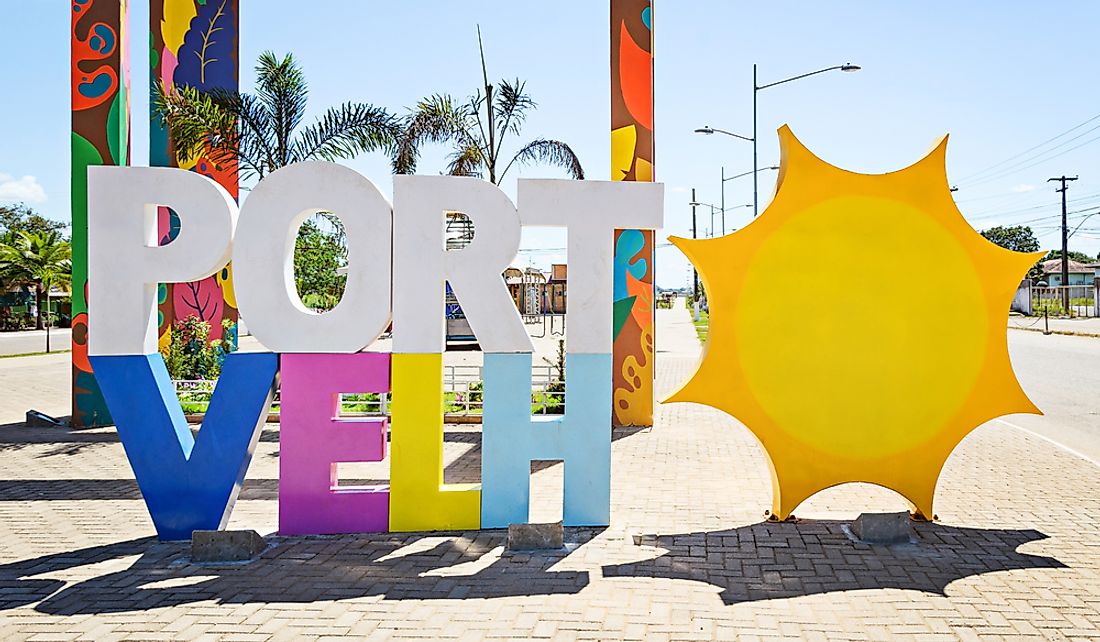Porto Velho - The Capital Of The Rondônia State Of Brazil

Rondônia is a state in northern Brazil. It encompasses an area of 237,576 km2 and has an estimated population of 1,590,011, ranking as the 13th most extensive state in Brazil and the 23rd most populous. Historically, large parts of Rondônia were occupied by the Amazon rainforest, however, widespread deforestation in recent decades has cleared most of its rainforest. In fact, Rondônia is considered to be one of the most deforested states in the Amazon region. Porto Velho is the state capital of Rondônia.
Capital of Rondônia: Porto Velho
Porto Velho encompasses an area of 34,082.37 km2, has an average elevation of 83 m above sea level, and is located in the upper Amazon River basin, along the eastern bank of the Madeira River, which is part of the Amazon River system. Additionally, Porto Velho is situated on the border between Rondônia and the neighboring state of Amazonas. The city experiences a tropical monsoon climate, with a short dry season between June and August. Most of the rainfall recorded in Porto Velho occurs from November until April.
Demographics of Porto Velho
Porto Velho has an estimated population of 519,531 and a population density of 15 persons per square kilometer. The culture of the city exhibits influences from Brazil's Northeastern Region, south-central parts of the country, as well as indigenous cultures. Additionally, the city's link to indigenous cultures is reflected in popular folklore and skilled handicrafts, which include clay, bamboo, rubber, and bamboo.
History of Porto Velho
Porto Velho was founded during the construction of the Madeira-Mamoré railroad in 1907, but not officially declared a town until October 2, 1914. For the first 60 years of its existence, the city’s development was almost completely reliant on the railway and later benefitted from the rubber boom. However, low-cost Malaysian rubber soon made Brazil's rubber from the Amazon less competitive, and the region’s economy, which was dependent on the rubber trade, suffered. Nevertheless, Porto Velho’s transportation network, including its easy access to the river, made it the first choice as the capital of the newly created Federal Territory of Guaporé in 1943. During the Second World War, Allied forces relied on Brazilian rubber after losing access to the rubber from Malaysia. This resulted in a temporary boom in Porto Velho’s economy, but only until the end of the war. In the 1950s, the discovery of gold and cassiterite on the banks of the Madeira River, as well as the establishment of large cattle ranches, encouraged significant migration to the city.
Economy of Porto Velho
Mining and cattle ranching are currently the most important sectors of Porto Velho’s economy. In particular, the city's economy is primarily driven by cassiterite mining. Porto Velho is also a regional hub of communication and transportation.











